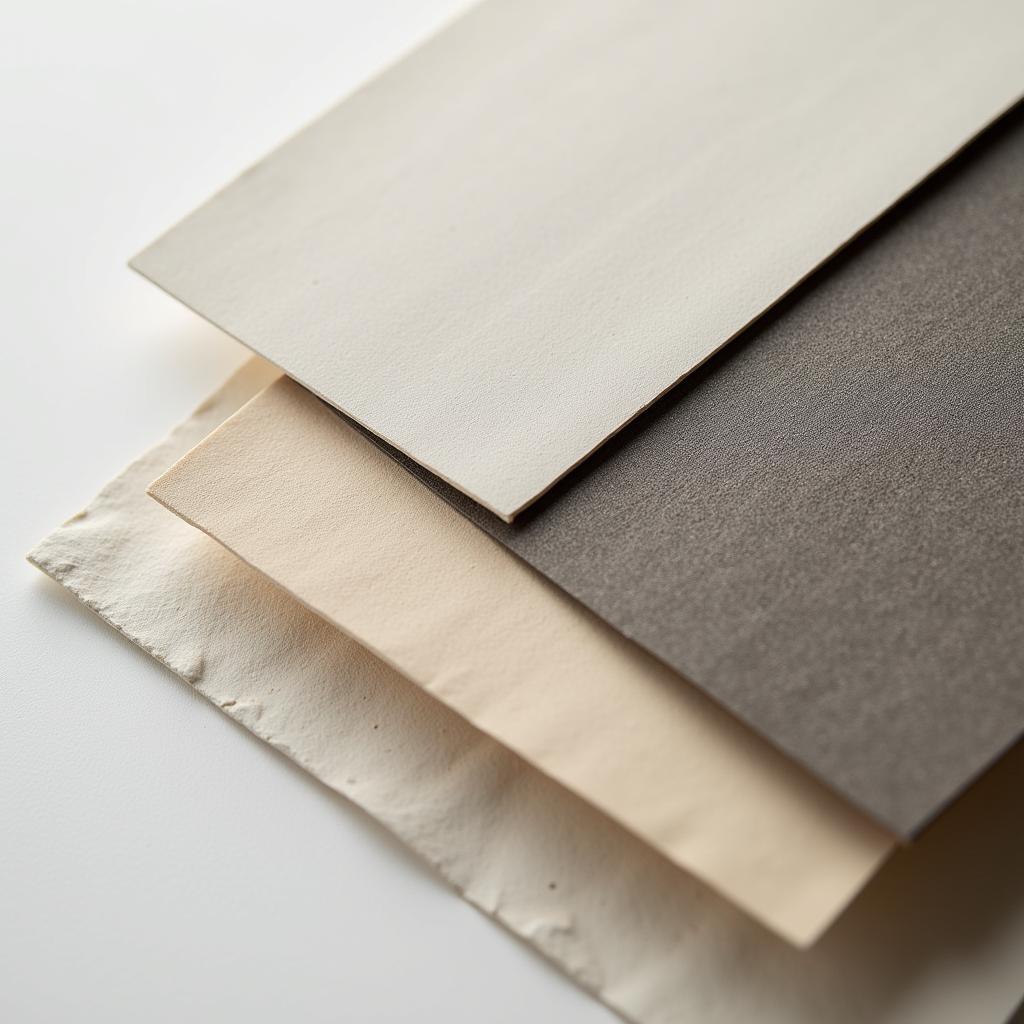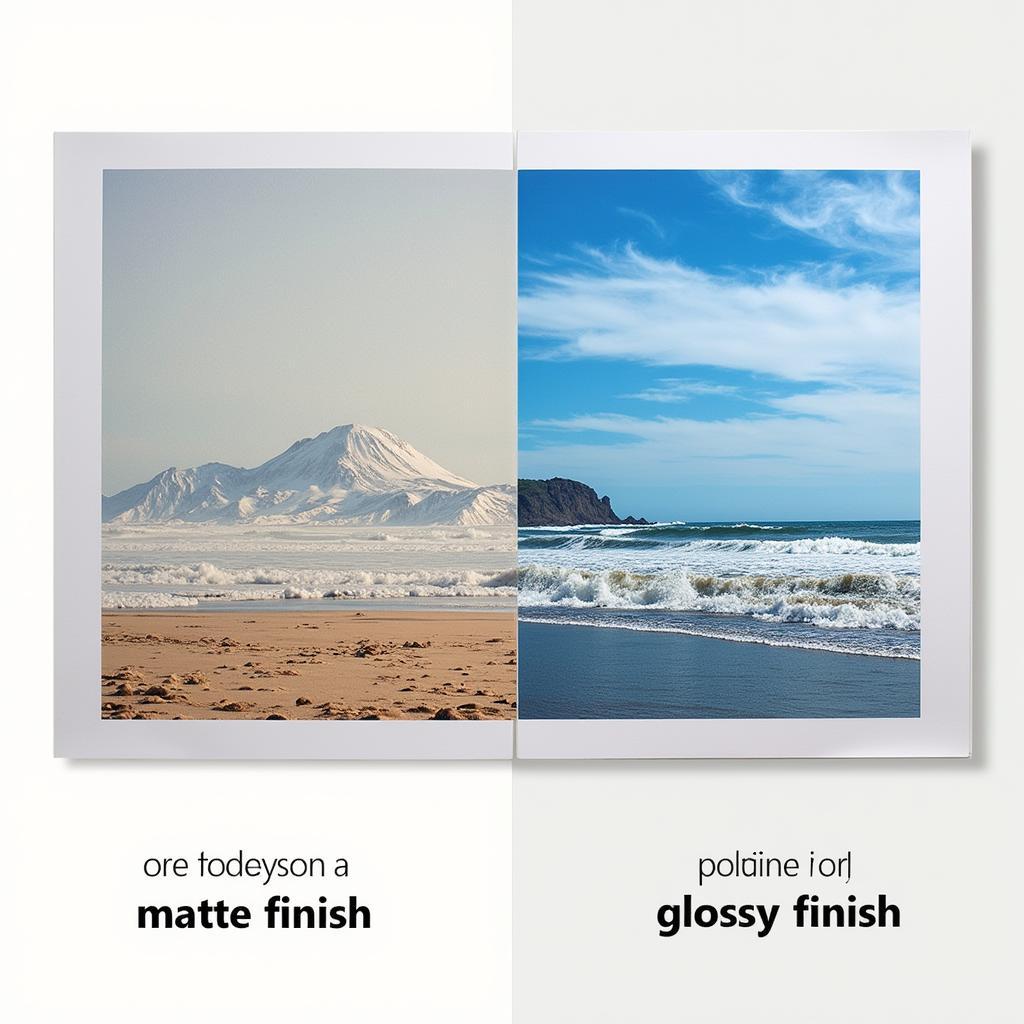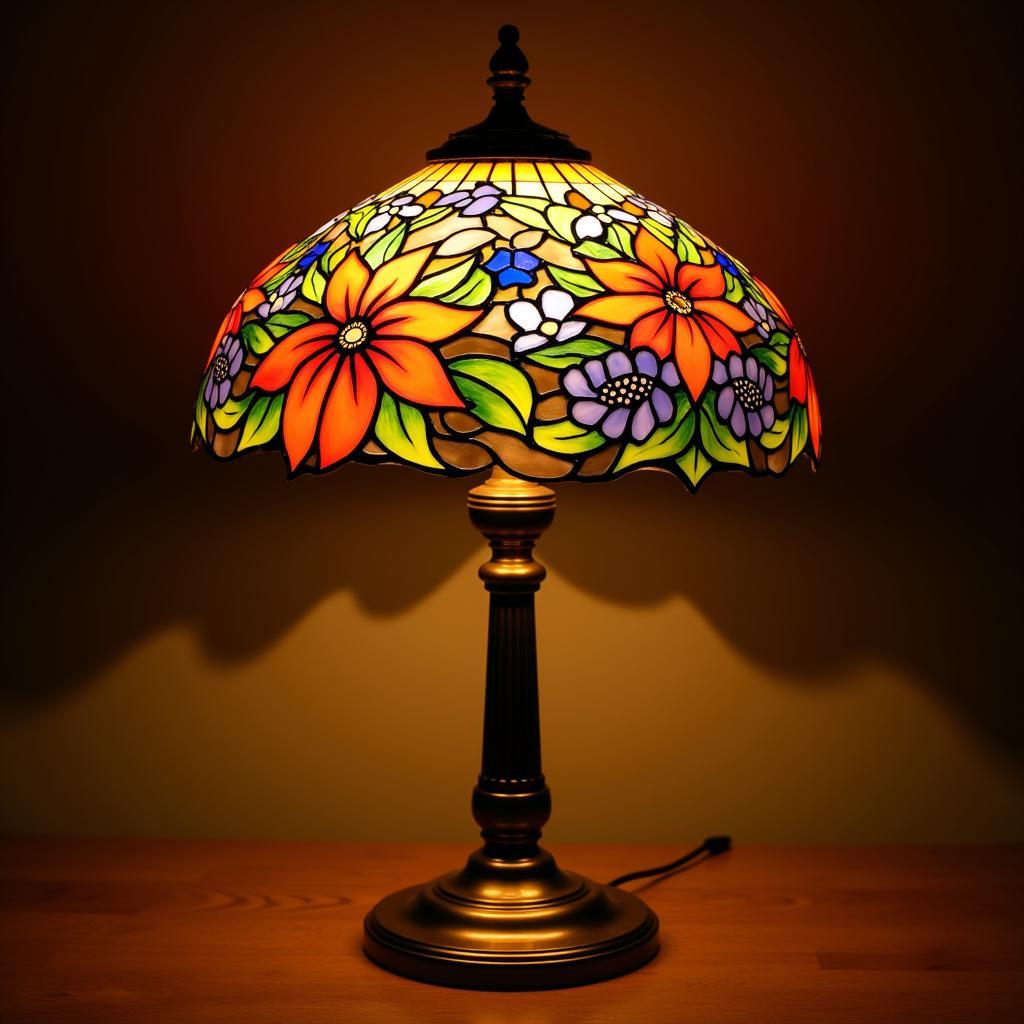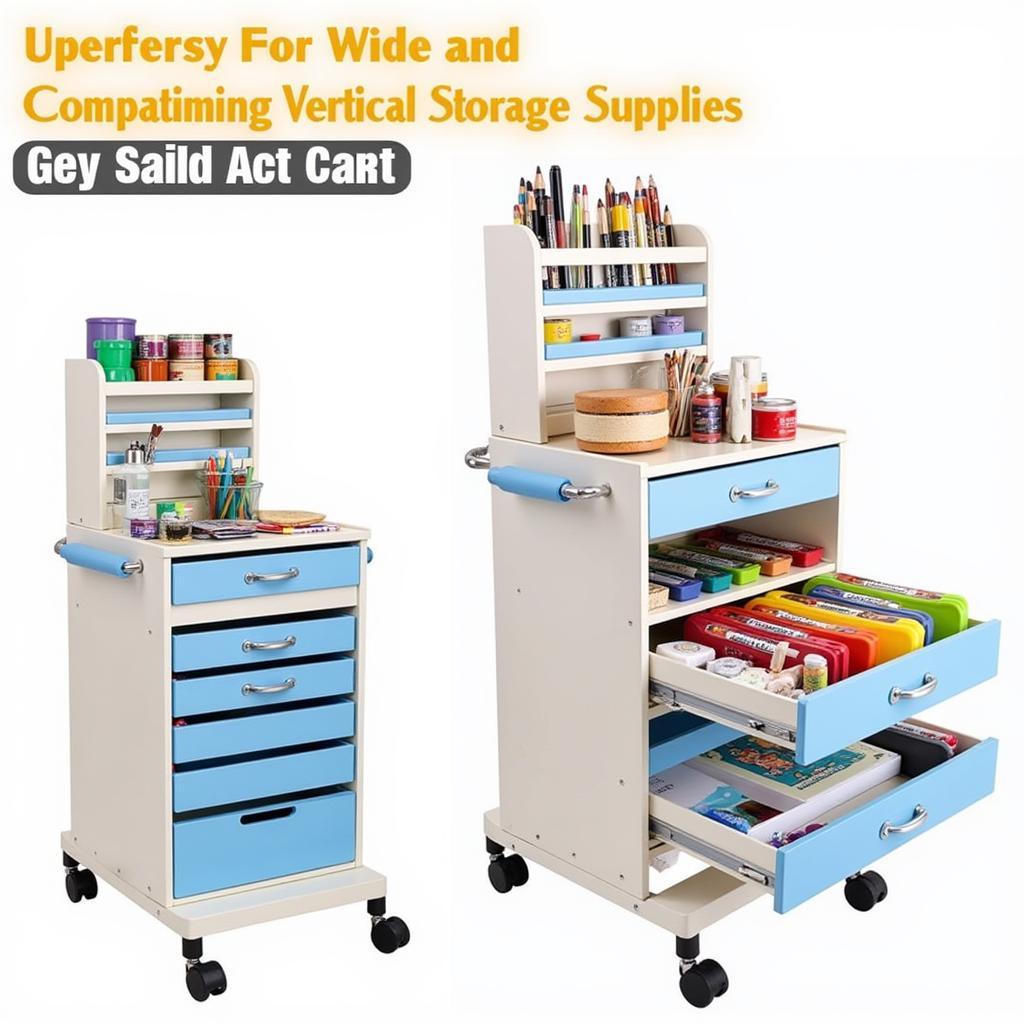Mastering Print Fine Art Paper: A Guide for Digital Artists
For digital artists seeking to bridge the gap between the virtual and tangible, the choice of Print Fine Art Paper can make or break the final artwork. It’s not simply about hitting “print”; it’s about understanding how pixels translate to pigments, how textures interact with light, and how the very soul of your digital creation finds its echo in the physical world.
 Types of Fine Art Paper
Types of Fine Art Paper
Choosing the Right Paper: A Symphony of Textures and Weights
The world of fine art paper is vast and varied, each type offering a unique voice to your digital art. Let’s delve into some key considerations:
- Paper Weight: Measured in grams per square meter (gsm), weight dictates the paper’s thickness and feel. For prints that exude a sense of luxury and permanence, heavier weights like 300gsm and above are ideal. Lighter weights, around 180gsm, offer versatility and are suitable for everyday prints.
- Surface Texture: From the smooth caress of hot-pressed paper to the pronounced peaks and valleys of cold-pressed, texture adds a tactile dimension to your art. Consider how the texture will interact with your digital brushstrokes, adding depth and nuance to the final piece.
- Fiber Content: The soul of the paper lies in its fibers. Cotton rag paper, known for its archival quality and luxurious feel, adds a timeless elegance. Bamboo and other sustainable options offer a unique texture and eco-conscious choice.
- Brightness and Whiteness: The paper’s brightness impacts how vibrantly your colors will pop. A brighter white paper can make colors appear more luminous, while a natural white paper offers a softer, warmer feel.
Unveiling the Secrets of Paper Finishes
 Comparing Paper Finishes
Comparing Paper Finishes
The finish is the final touch, influencing how light dances on your artwork:
- Matte: A classic choice, matte finishes offer a smooth, non-reflective surface that allows the viewer to focus on the intricate details of your art. This finish is particularly well-suited for pieces with subtle textures and fine lines.
- Glossy: For those seeking vibrant, eye-catching prints, glossy finishes are the way to go. This finish enhances color saturation and contrast, adding a sense of depth and dimension.
- Satin/Semi-Gloss: A balance between matte and glossy, satin finishes offer a subtle sheen without being overly reflective. This versatile finish is a great all-rounder for various art styles.
Matching Paper to Printing Techniques
The marriage of paper and printing technology is crucial:
- Giclée Printing: This archival-quality inkjet printing method thrives on high-quality fine art papers, particularly those with a smooth or textured matte finish. The result? Stunningly detailed prints with vibrant colors and exceptional longevity.
- Pigment Printing: Using pigment-based inks known for their lightfastness, this technique pairs well with acid-free, archival-quality papers. The combination ensures your artwork stands the test of time, resisting fading and yellowing.
Tips for Digital Artists: From Screen to Print
- Calibrate Your Monitor: Ensure your screen accurately represents the colors in your digital artwork.
- Choose the Right Color Profile: Consult with your printing service or use professional-grade color management tools to select the appropriate color profile for your chosen paper and printer.
- Order Test Prints: Experiment with different paper types and finishes to see how your artwork translates.
- Consider Framing and Presentation: The right frame and matting can elevate your printed artwork, adding a sense of sophistication and protecting it for years to come.
“As a digital artist, finding the right print fine art paper is like choosing the perfect stage for your artwork to shine,” says renowned digital artist Anya Sharma. “It’s about understanding the nuances of texture, weight, and finish to create a physical manifestation that truly captures the essence of your digital creation.”
Embracing the Tangible: The Joy of Print
 The Joy of Holding a Fine Art Print
The Joy of Holding a Fine Art Print
In a world dominated by screens, there’s a unique magic in holding a physical print. It’s a tangible representation of your creativity, a piece of the digital world brought to life. By understanding the nuances of print fine art paper, you unlock a world of possibilities, transforming your digital masterpieces into cherished physical heirlooms.
Frequently Asked Questions
- What is the best paper for archival-quality prints?
Cotton rag paper is widely regarded as the gold standard for archival prints, offering exceptional longevity and durability. - Can I use regular photo paper for fine art prints?
While you can technically print on photo paper, it’s not ideal for fine art. Fine art papers are specifically designed to meet the demands of archival printing and offer a wider range of textures and finishes. - How do I choose the right paper weight for my prints?
Consider the desired feel and purpose of your print. Heavier weights convey a sense of luxury and are ideal for framing, while lighter weights offer versatility for everyday prints.
For more insights into the world of art, explore our articles on [actividades de arte montessori] and [art of mothers].
Don’t hesitate to contact us at 02462573573, email us at [email protected], or visit us at Savico Megamall, 7-9 Đ. Nguyễn Văn Linh, Gia Thụy, Long Biên, Hà Nội 10000, Việt Nam. Our dedicated customer support team is available 24/7 to assist you.




